It is often said that one’s character comes out during a crisis. If that is so, then several prominent HumaneWatchers have shown their true colors in the wake of the Joplin tornado.
Last Sunday’s tornado was among the deadliest in U.S. history, with a human death toll of at least 142. And where human lives are destroyed, surviving animals are displaced.
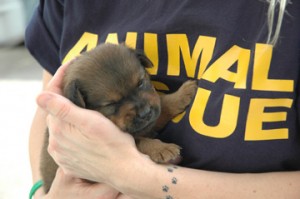 One agency — the Joplin Humane Society Animal Adoption & Resource Center — has been working nonstop to care for animals displaced by the storms and reunite them with their families. As of Saturday, they had received 573 animals and reunited 147 with their families. Besides dogs and cats, some of the animals handled by the shelter include a quaker bird, several chickens, goldfish, and a boa constrictor.
One agency — the Joplin Humane Society Animal Adoption & Resource Center — has been working nonstop to care for animals displaced by the storms and reunite them with their families. As of Saturday, they had received 573 animals and reunited 147 with their families. Besides dogs and cats, some of the animals handled by the shelter include a quaker bird, several chickens, goldfish, and a boa constrictor.
Unfortunately, no good deed goes unpunished, and HumaneWatchers are always there to dole out punishment to anyone who actually cares about animals.
As is common in any large-scale rescue or natural disaster, the local animal shelter was unable to handle the huge influx of animals on its own. So Karen Aquino, director of the Joplin Humane Society, asked the American Society for the Prevention of Cruelty to Animals to help. The ASPCA set up an emergency shelter, brought in all the necessary supplies, and is running the emergency operation.
The Humane Society of the United States, already stretched thin by its operations in the disaster zones of Mississippi and Alabama, sent personnel to care for the animals at the emergency shelter in Joplin. The Humane Society of Missouri sent in teams to perform search and rescue operations. And American Humane Association sent in people to provide relief in the shelter itself so staff could time off to care for their own families hit by the disaster.
You would think that all this would show how local and national animal welfare groups can pull together during a time of disaster to provide much needed care for displaced animals.
But then, you would not be a HumaneWatcher. In their paranoid, delusional fantasy world, the national organizations are not in Missouri to help the local shelter. They are there to loot, steal, whisk people’s pets off to far-away places, sell them for a profit for themselves, or give them to out-of-state shelter and rescue groups trying to make a buck off tornado victims.
Who, you ask, could possibly believe such a thing? Let’s start with the VoteNoOnPropB page, which has become a haven for paranoid puppy milling HumaneWatchers and their sympathizers.
Here, Sabra Steele recounts how rescue groups “looted” dogs in Alabama. She thinks the National Guard should close state borders to any out-of-state rescue groups, and says next time she will chain her dog crate to one hand and her gun to the other.

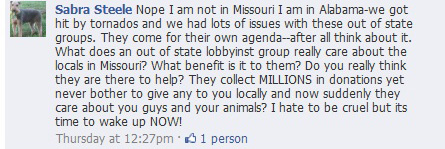

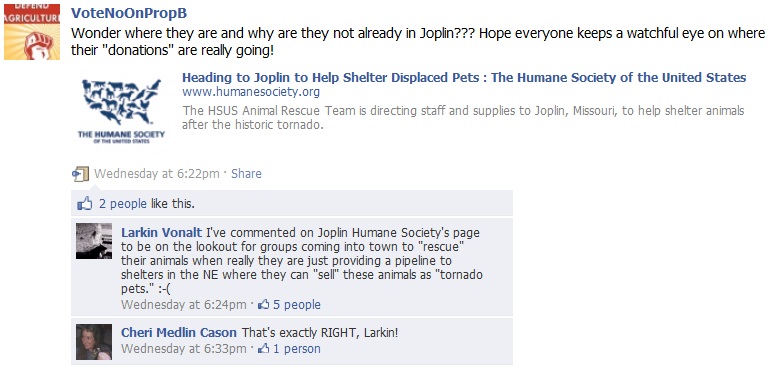
HumaneWatcher Angie Jensen Noland says she won’t give a dime to Joplin Humane Society.

And HumaneWatcher Bonnie Thompson Jensen sided with VoteNoOnPropB admin Jessica White Bryand on charges that the HSUS had looted dogs from Mississippi.

In fact, the HSUS was transporting animals that families had surrendered because they had lost everything in the storms and could no longer care for their pets. Rather than trying to rehome pets in a disaster area, HSUS was moving them to new areas where families looking to adopt animals could be found. This also freed up space in the disaster area for displaced pets.
But that didn’t stop Bonnie from going on to accuse the Joplin Humane Society — on its own Facebook page — of releasing pets to be taken out of state by rescue groups before people had the chance to claim them.
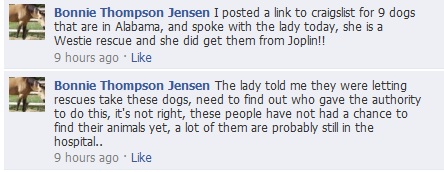
The Joplin Humane Society’s Facebook page is supposed to be a place for the shelter to post items it needs to have donated, information to volunteers, and photos of lost, found, and reunited pets. It is not supposed to be a place for people to harass those working so hard to help.
So when HumaneWatch rather unwisely chose the Joplin Humane Society as its “Shelter of the Day” on Friday, it should have come as no surprise that its core members would revolt.
Bonnie Thompson Jensen repeated yet again the unfounded rumors of the humane society releasing animals to out-of-state rescue groups.

Gail Ledbetter bemoaned how the Joplin Humane Society allowed national groups to “take over” the shelter.

And Cheryl Nims, to the incredulity of a shelter manager in Minnesota, denounced the Joplin Humane Society, the HSUS, ASPCA, and rescue groups, all in one post. She also claimed that local groups were turned away, despite the presence of the Humane Society of Missouri.
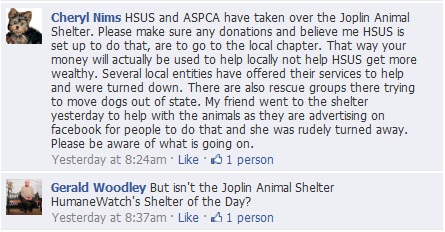
So what does a sane person do in the face of such irrational hate-filled diatribes? They set the record straight, as the director of the Joplin Humane Society did in a series of posts on May 25:



And they hope their friends will step up in support, as we are doing today.
HumaneWatch Info condemns the lies, misinformation, and slander directed at the Joplin Humane Society, ASPCA, HSUS, and other rescue groups from sources such as HumaneWatch and VoteNoOnPropB.
While people like Sabra, Larkin, Cheri, Angie, Bonnie, Jessica, Gail and Cheryl are sitting behind their computers spreading malicious rumors, the local and national welfare groups have people on the ground actively working to help.
We salute these animal heroes, and urge everyone to support their work on behalf of animals affected by natural disasters and the families who love them.
If you’d like to donate, the Joplin Humane Society’s wish list is here – http://www.amazon.com/gp/registry/wedding/9NXFU5BUZCLK. Urgent needs include 6-foot-high chain link dog panel fencing and swamp coolers to help cool the emergency shelter building.
If you’d like to volunteer, please use the volunteer sign-up form at http://www.controlledgo.com/AARC_JHS_FAQ.html. Give your name, phone number(s) and availability. Someone will contact you to confirm your shift(s). Please do not just show up at the shelter.
And you can see some of the wonderful reunions of pets with their families here – http://www.facebook.com/media/set/?set=a.569815389308.2066417.107700024

 In February, we
In February, we 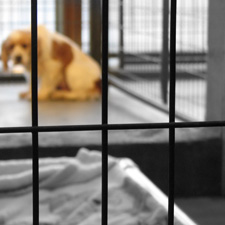 Jene Nelson is a veteran writer and news producer whose work has won multiple Emmy Awards. Her credentials are impressive, so when HWI learned that her newest work was a documentary about the pet breeding industry, we took notice.
The results did not disappoint: Jene’s documentary, I Breathe, is a jaw-dropping look at pet breeding that focuses on the heroes, the villains, and the victims of the industry.
Jene has graciously agreed to give us some of the background on the filming of I Breathe.
Jene Nelson is a veteran writer and news producer whose work has won multiple Emmy Awards. Her credentials are impressive, so when HWI learned that her newest work was a documentary about the pet breeding industry, we took notice.
The results did not disappoint: Jene’s documentary, I Breathe, is a jaw-dropping look at pet breeding that focuses on the heroes, the villains, and the victims of the industry.
Jene has graciously agreed to give us some of the background on the filming of I Breathe.
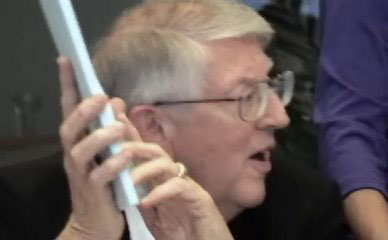
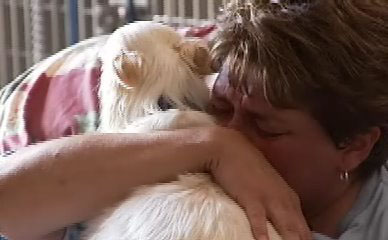
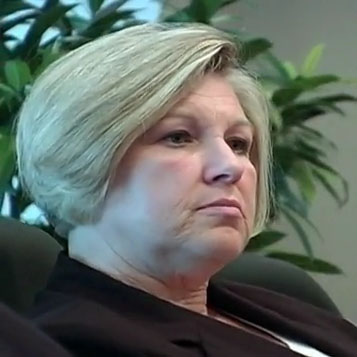

 Anyone who is familiar with Richard Berman’s enterprises knows that deception is the key to his
Anyone who is familiar with Richard Berman’s enterprises knows that deception is the key to his